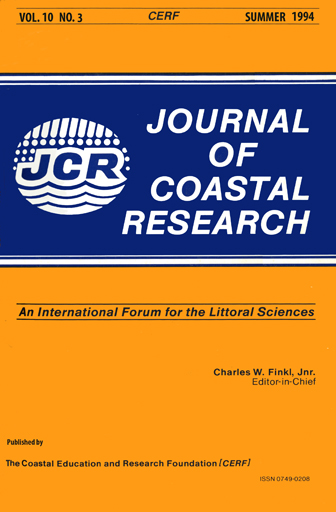A Design Methodology for Combined Sewer System Elements with Overflows in Coastal Zones
Keywords:
Bathing water quality, water quality control, littoral zones modeling, return periodAbstract
The European Community Directive (ECD) referring to bathing water quality establishes its admissibility as a function of the results obtained in control samples.
This procedure is convenient to establish a monitoring and control program but presents serious difficulties in designing elements of combined sewer systems with overflow discharges in the coastal zones. These difficulties appear when it is necessary to design according to unknown future random control results which are obtained with also unknown sampling frequency.
This uncertainty is usually solved by identifying the percentage of samples that do not comply with water quality criteria with the percentage of time that water quality does not satisfy the regulation which, strictly speaking, is not correct from the point of view of ECD.
In this paper, a methodology is presented to analyze, in probabilistic terms, the influence of overflow from sewer systems on the quality of bathing water and on the design of the capacity of sewer system elements. This methodology includes some concepts as the return period of no compliance time and shows the possibility of using regression equations between overflow parameters and no compliance time, this being useful to handle the large amount of data for the probabilistic study. All this being in strict accordance with 76/160/EEC. Finally, the design procedure for the coastal interceptor of Gijon (Spain) is presented as an example of the application of this methodology.


